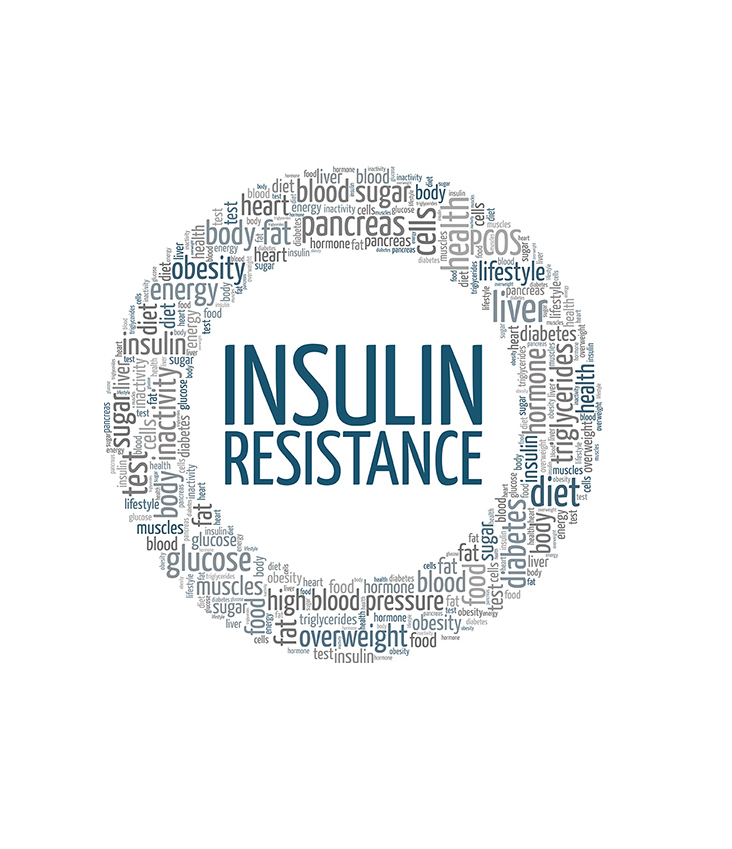Why the Scale Lies: Understanding Fat Loss vs. Weight Loss
Stepping on the scale can feel like a defining moment in your health journey, but the number staring back at you doesn’t tell the whole story. Many people rely on weight as the ultimate measure of progress, but weight loss and fat loss are not the same thing. Understanding the difference can help you stay focused on what truly matters—improving your health, strength, and overall well-being.
Weight Loss vs. Fat Loss: What’s the Difference?
Weight Loss:
Weight loss refers to a decrease in overall body weight, which includes fat, muscle, water, and even bone mass. Rapid drops on the scale are often due to water loss, especially when starting a new diet or exercise plan. While losing weight might seem like progress, if it comes from muscle loss, it can actually slow your metabolism and make it harder to maintain long-term results.
Fat Loss:
Fat loss, on the other hand, refers to reducing body fat while maintaining or even increasing lean muscle mass. This is the goal for true, sustainable health and body transformation. Unlike simple weight loss, fat loss leads to a leaner, stronger body, improved energy levels, and better overall health.
Why the Scale Can Be Misleading
The scale fluctuates daily based on factors like water retention, digestion, and hormonal changes. A higher number doesn’t always mean fat gain, and a lower number doesn’t necessarily mean progress. For example:
- Gaining Muscle: If you’re exercising regularly, especially with strength training, you may gain muscle while losing fat. Since muscle is denser than fat, the scale might not reflect your progress, even though your body is becoming leaner.
- Water Retention: Eating salty foods, hormonal shifts, or inflammation can cause temporary water retention, making you weigh more without actual fat gain.
- Hydration Levels: Drinking plenty of water before weighing yourself can make a difference in the number you see.
How to Track Progress More Effectively
Instead of obsessing over the scale, try these methods to measure real progress:
- Take Body Measurements – Tracking inches around your waist, hips, and thighs gives a more accurate picture of fat loss.
- Use Progress Photos – Taking photos every few weeks can help you visually see changes that the scale won’t show.
- Assess How Your Clothes Fit – Looser clothes are a great sign of fat loss, even if the scale doesn’t move.
- Focus on Strength & Energy – If you’re getting stronger, have more endurance, and feel better overall, you’re on the right track.
Final Thoughts
The scale is just one tool—and often a misleading one. Instead of fixating on a number, focus on building strength, fueling your body with nourishing foods, and tracking progress in meaningful ways. True success isn’t about weighing less; it’s about living a healthier, stronger, and more vibrant life.
Click here to contact our Office or call 877-287-2843







